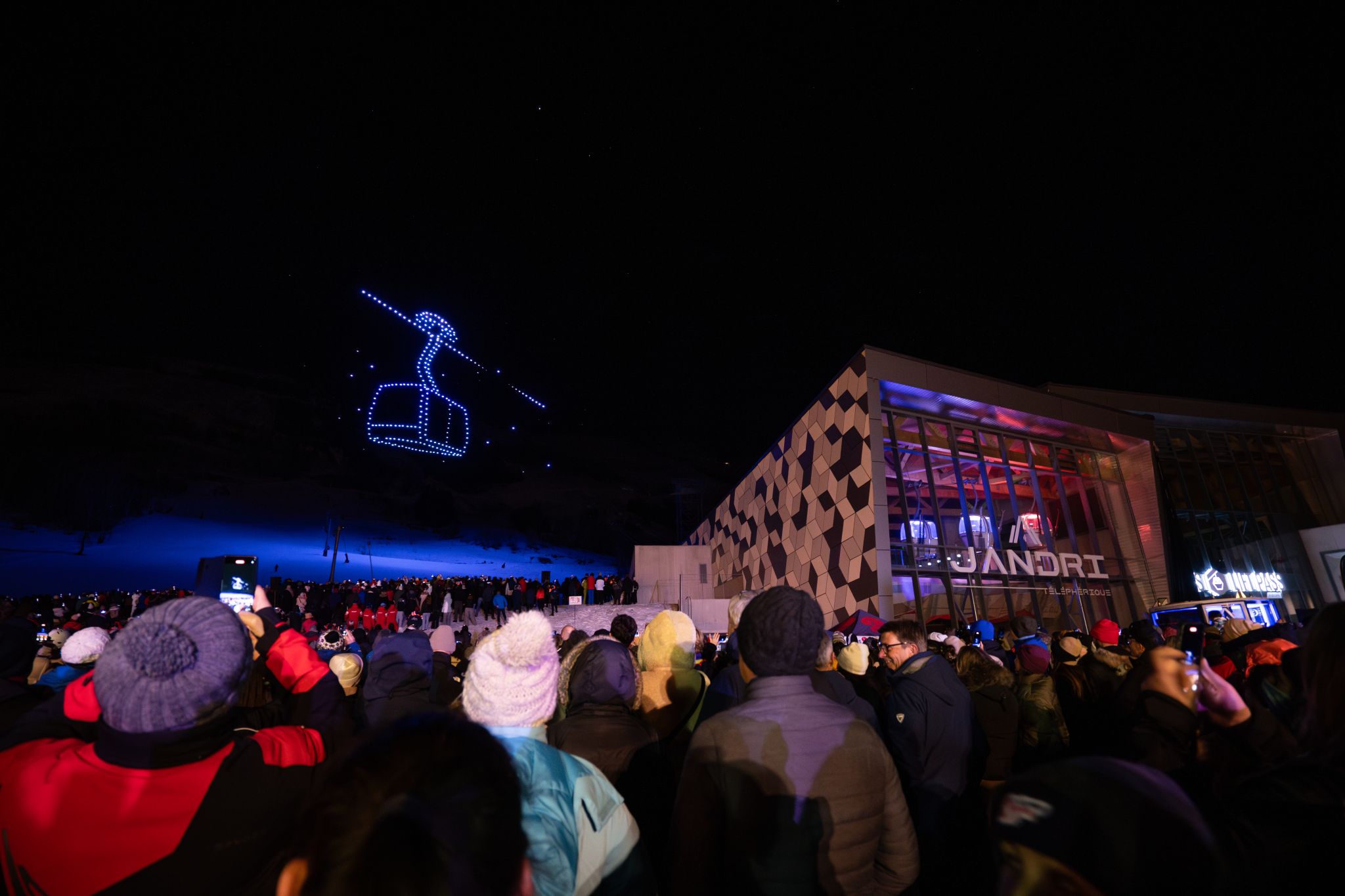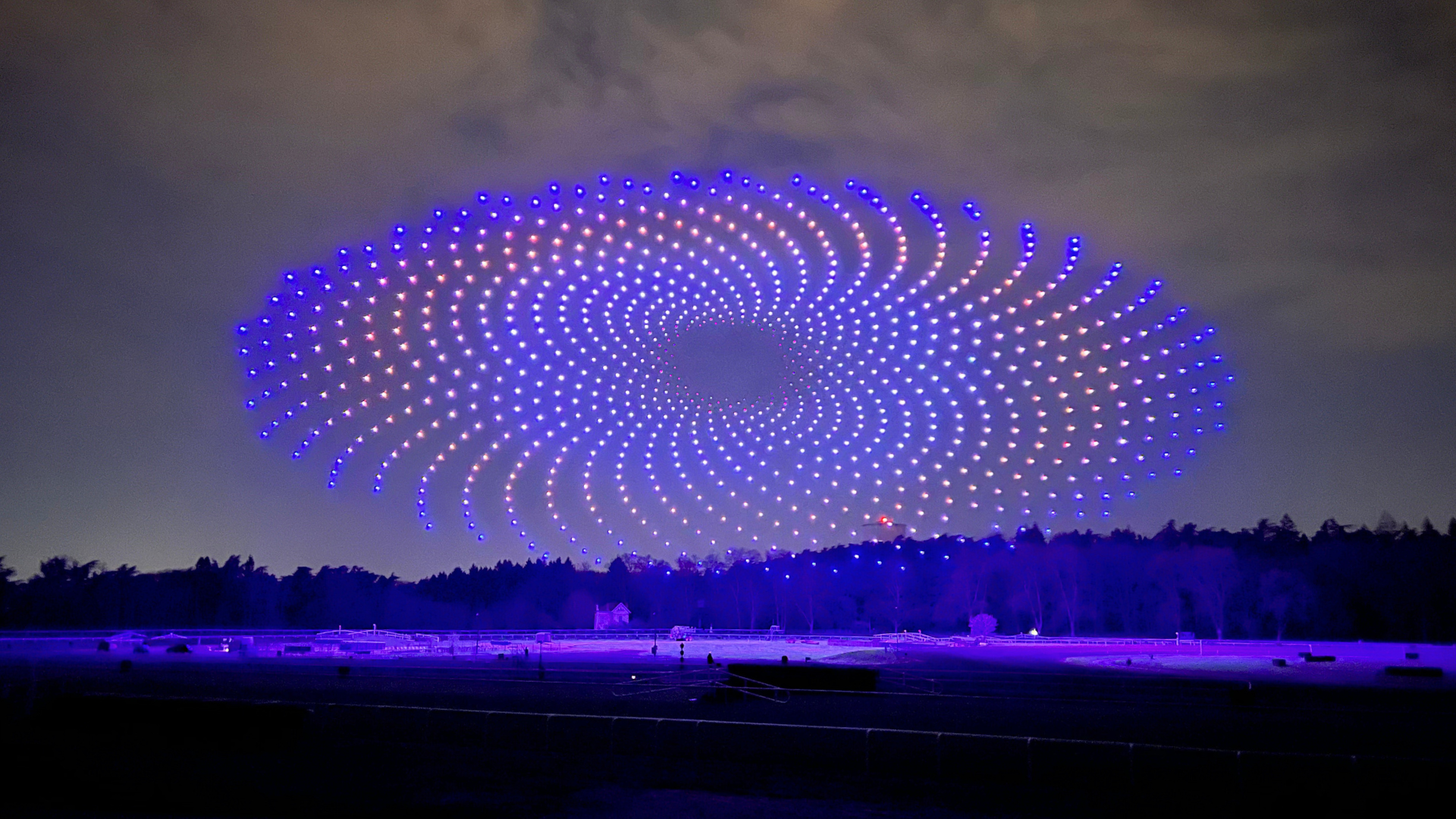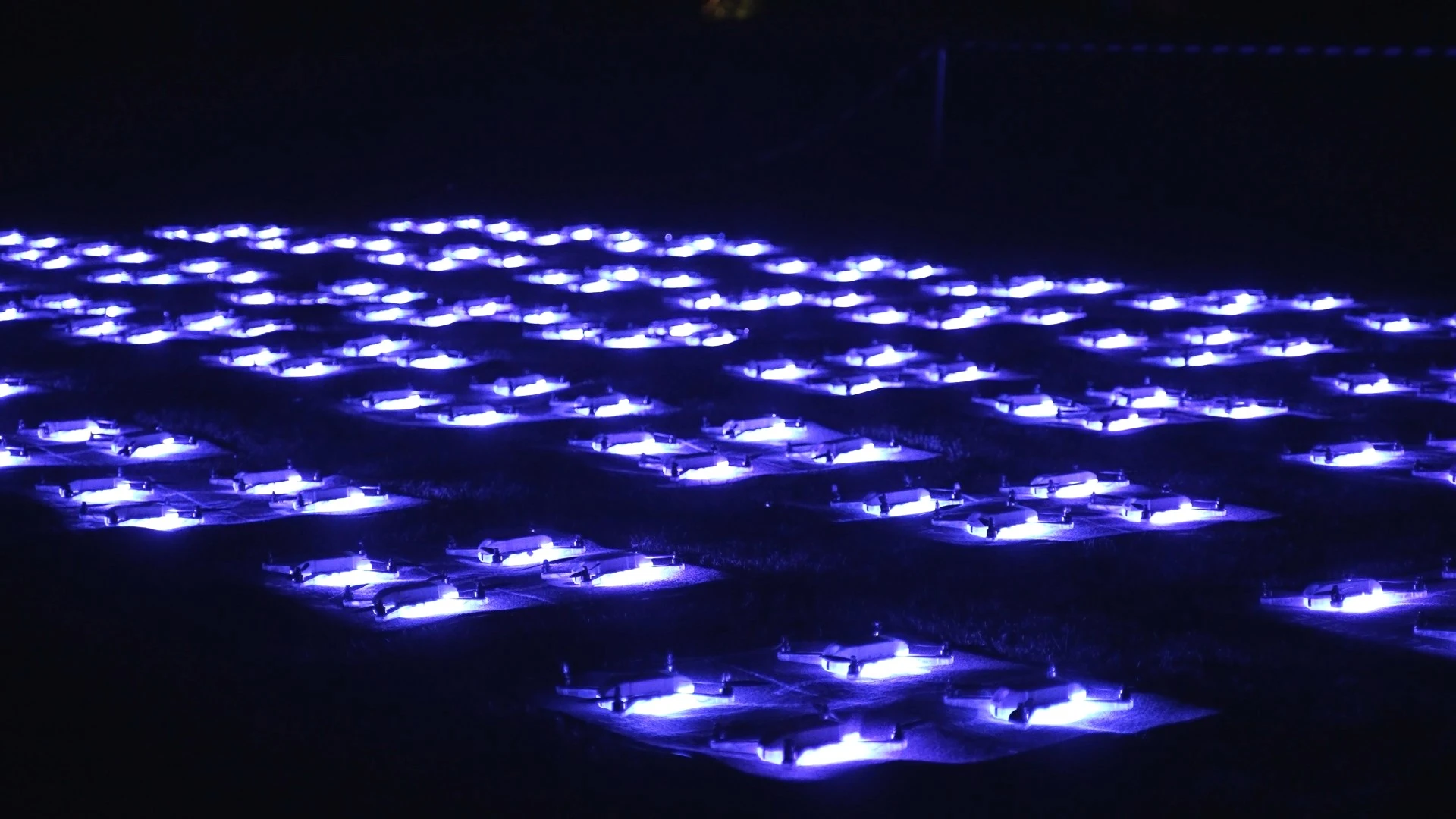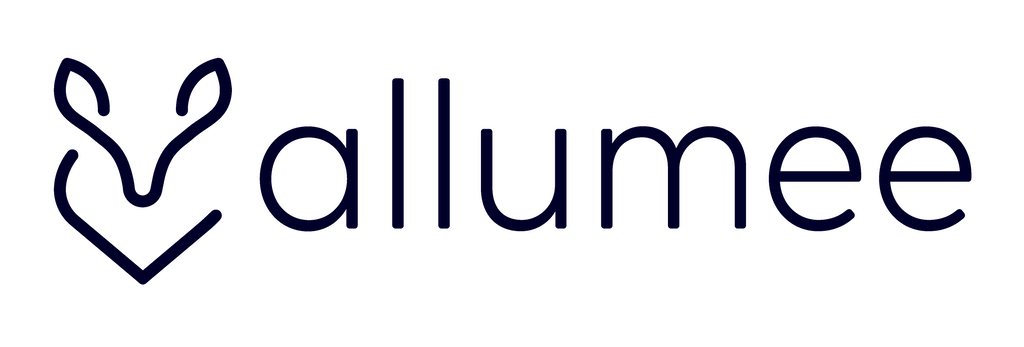Where can a drone fly?
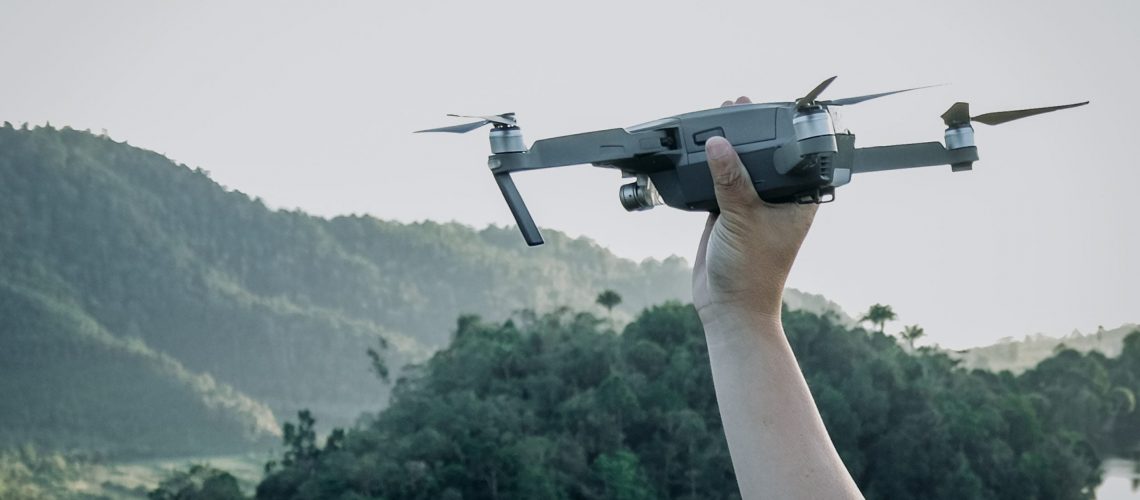
Where can a drone fly?
Drones are aircraft subject to regulations in the same way as all flying devices. It is everyone's responsibility to find out about the laws governing this practice.
The classification of drones
Before, French law classified drones into two categories: leisure and professional. Since January 2021, European regulations have introduced two new categories: Open and Specific. The change implies that the category is no longer determined by use, but by risk. The Open category includes sub-categories categorized by risk level (A1 to A3) based on weight, height and functionality. The Specific category contains more complex subcategories. Professionals can be classified into both categories.
To comply with European laws and the DGAC, pilots must take several steps and keep themselves informed of changes in the law. Allumee, which specializes in drone shows, must obtain DSAC authorization to fly in a specific area. The application includes an Operation Context and a SORA analysis to assess the risks. Once the files have been validated, Allumee can safely occur.
Cooperation with the DSAC enables Allumee to ensure a maximum level of security.
Airspace
Airspace is an integral part of the regulatory factors to consider when flying a drone. A drone like any other flying device must respect flight zones to maintain security between each device and allow airspace to be shared with others.
The website geoportal is available to the user to better understand the regulations in his flight area.
Allumee is always kept informed of authorized or unauthorized flight zones, in order to best help you in choosing the location of the show and always with a view to offering a quality service.
Administrations – DGAC
The Direction Générale de l'Aviation Civil is responsible for regulating and supervising aviation safety, air transport and civil aviation activities in general.
In concrete terms, it works to find solutions to guarantee optimal flight quality and safety. She takes care of both the passengers and the pilots, but also all those on the ground.
The missions of the DGAC go even further, the organization reconciles the development of aerial activities with life on the ground. It ensures that an aeronautical project does not harm the surrounding dwellings but also the fauna present.
It acts as a go-between between aviation and local authorities to obtain the best possible coexistence.
Allumee had to respond to requests from the DGAC with files of several hundred pages in order to demonstrate that everything was done to guarantee the safety and comfort of the public. The DGAC has approved our safety devices, which allows us to offer you a show in full compliance with the laws in force both in terms of safety and comfort for the public.
Conclusion :
After the pilot learns about the classification of his drone involving different duties and responsibilities, he must analyze the area in which he is going to fly his drone.
Pilots must respect the airspace by keeping themselves informed of the geographical area in which they are, thanks to the site geoportal.
The areas chosen must be compatible with the flight of drones and in line with the recommendations of the DGAC.
If the following criteria are met, the theft can take place, and this while maintaining vigilance.

